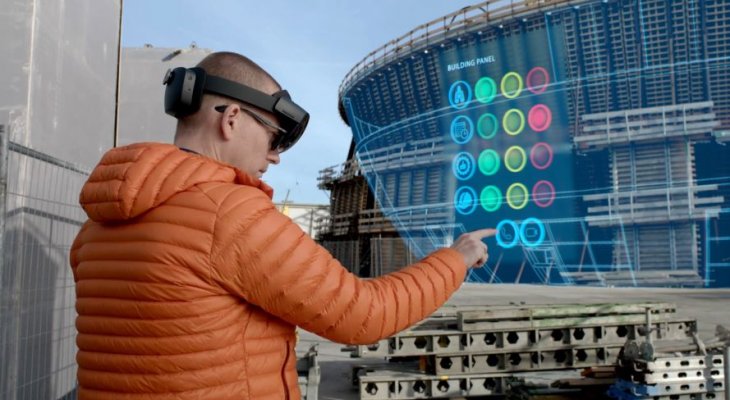As part of the work of SIG – ITC and XR (VR, AR and MR), 2 meetings have already been held. The purpose of the present meetings is to find a common topic, that is so topical and attractive to the group that members will want to devote time and energy to it. The group leader together with SPCleantech is responsible for coordinating further work. Ultimately, each SIG must decide on the financing of the developed solutions and develop an application for regional or EU funds in order to finance these activities. SPCleantech has adequate knowledge of available sources of financing for projects such as: NCBiR, Regional Operational Program, Horizon Europe, COSME, Erasmus + etc.
The leader of the group is Kamil Pawlik from Onteon.
If you are interested in joining the group, please contact j.kahl@spcleantech.com.
The meetings are attended at the moment by members of SPCleantech:
- Almine
- Group4BIM
- Habitat
- Nonstop
- NordicHouse
- NinjaGeeks
- Onteon
- IT for Carbon Footprint
ICT and the digitization process are now crucial for virtually all innovation-related processes, i.e. for research and development (searching for a concept, its development, prototyping), technology transfer in the form of purchasing it from external entities and adapting it to the needs of a given enterprise, marketing and organizational, especially for the implementation of innovations new on the market scale, cooperation in the innovative process.
The use of ICT tools is also recommended in new trends related to the innovation process, i.e. the concept of open innovation, which means the extensive cooperation of external entities with the company, as well as the use of multiple paths of introducing innovations to the market and finally integrating external and internal knowledge.
For companies using this concept in their strategies, access to the best sources of knowledge, which is facilitated by information technologies, plays an extremely important role. They also facilitate cooperation and joint implementation of projects in various units. Thus, ICT technologies fit into the specifics of open innovations, and often enable their implementation, e.g. by developing a design or prototype in various units, using a computer program. Similarly, ICT enables the practical implementation of demand-driven innovation, such as collecting product ideas from customers via a website. ICT technologies are also important in design thinking, which is an approach to the innovative process that involves the use of techniques used in design. On the other hand, ICT is crucial for contemporary design, where, for example, different versions of designs can be quickly developed as a result of brainstorming, thanks to CAD / CAM systems and related instrumentation such as printers and 3D scanners.
The term Extended Reality (XR) means all technologies that superimpose a virtual image in front of the user. These technologies include: Virtual Reality (VR), Augmented Reality (AR – combines the real world with virtual objects) and Mixed Reality (MR – a Windows solution that does not use external sensors).
Thanks to mixed reality, site managers, planners, owners, managers and other project stakeholders can gain insight into planned work, construction progress, potential hazards and safety requirements using realistic visualization. Users also have the opportunity to interact with the model and plan 4D objects together in time and space – as opposed to traditional 2D screen work on which 3D objects are displayed.
AR technology in architecture and urban planning
AR technology finds its use in many areas. With the spread of tools for the relatively simple development of AR applications, the multitude of applications is growing exponentially and focuses on the following industries: archeology, architecture, visual arts, education, entertainment (computer games), medicine, navigation, tourism, logistics, etc. Perspectives for using AR in architectural design and discussing the conditions for the use of technology in urban planning open up the possibility of using technology in planning city development.
The available platforms allow you to embed 3D models based on plane detection and operate on a large number of available devices. Parallel to the packages of an open nature and focused on the creation of proprietary solutions, solutions based on HMD Hololens are being developed. This solution seems to be the most advanced and efficiently functioning at the moment. At the moment, it is also the only refined solution that integrates BIM and AR, i.e. it allows displaying BIM models (with a semantic layer) in the context of real space.
In the construction industry, the main goal of digital transformation is to avoid alterations on the construction site. With this technology, you can easily visualize the construction schedule and then see if there is a delay, report any potential problems, look at problems and get back on track.








